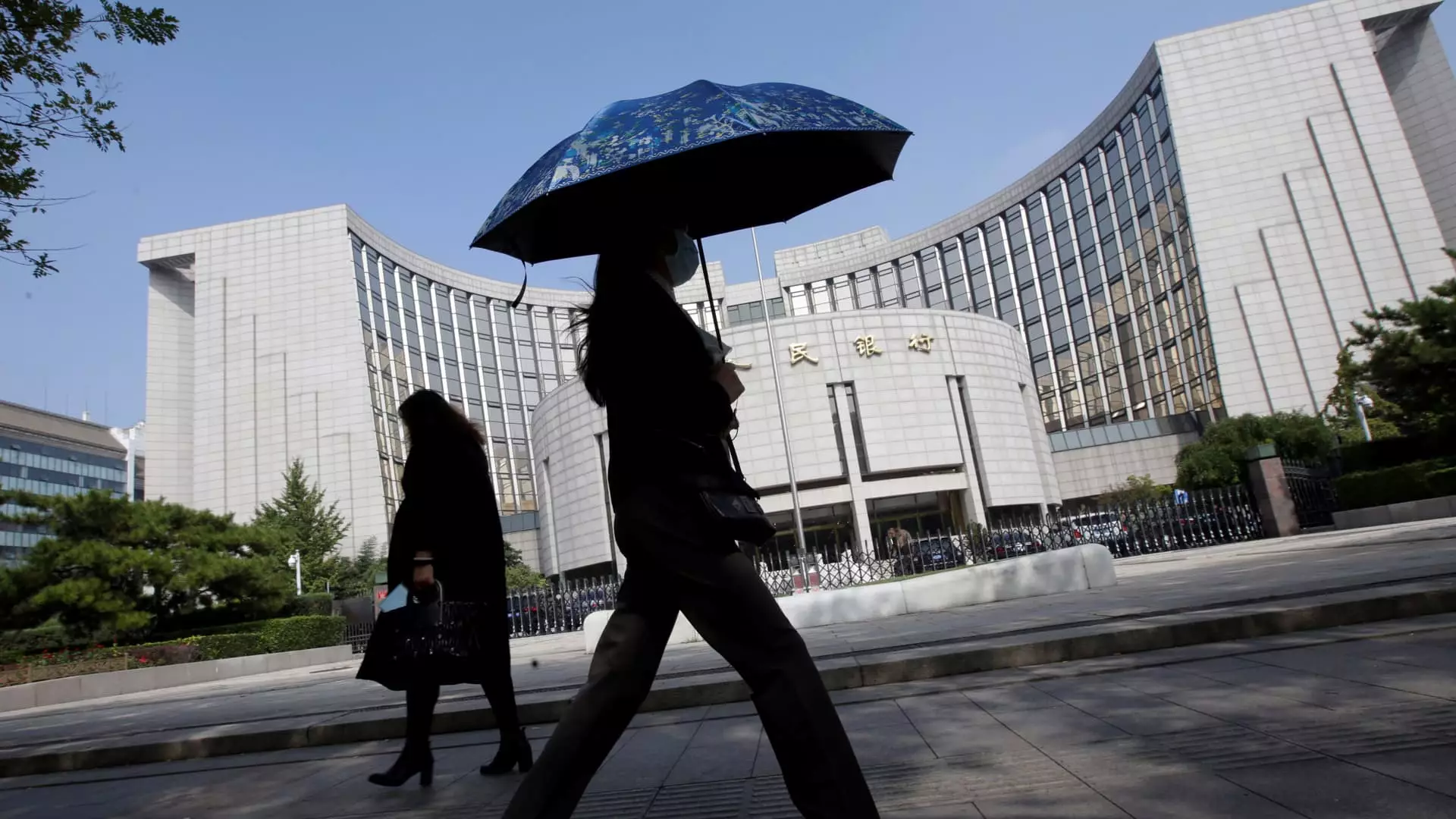Ratings agency Fitch has adjusted its expectations regarding China’s policy rate for the upcoming years. Initially, Fitch predicted a rate cut for this year, but due to the current high-interest rates maintained by the U.S. Federal Reserve, they have shifted the forecast to next year. This change in prediction reflects the impact of external factors on China’s monetary policy decisions.
External Factors
One of the main reasons behind Fitch’s revised forecast is the concern over the exchange rate between the Chinese Yuan and the U.S. Dollar. The Federal Reserve’s decision to keep interest rates high has led to a stronger dollar, putting pressure on the Chinese currency. This, in turn, has limited the flexibility of the People’s Bank of China (PBOC) to make adjustments to its policy rate.
Looking ahead to next year, Fitch anticipates a more favorable environment for the PBOC to make changes to its policy rate. With the Fed expected to lower its interest rates, there will be more room for China to maneuver and potentially reduce its lending facility rate. This shift in the global economic landscape could pave the way for adjustments in China’s monetary policy.
Challenges and Considerations
Despite the potential for a rate cut in the future, there are still challenges that China faces in managing its monetary policy. Concerns over bank net interest margins being low pose a significant hurdle for the PBOC. The profitability of financial institutions plays a crucial role in shaping policy decisions, making it essential to address these challenges before implementing any changes.
The last time China adjusted its one-year MLF rate was back in August 2023, highlighting the cautious approach taken by the PBOC in making such decisions. The MLF rate serves as a guide for the benchmark loan prime rate, influencing lending rates in the financial sector. Governor Pan Gongsheng’s commitment to maintaining a supportive monetary policy indicates a balanced approach to economic stability amid external pressures.
The future of China’s policy rate outlook is influenced by a complex interplay of domestic and international factors. While the current environment may not be conducive to immediate rate cuts, the evolving global economic landscape could create opportunities for adjustments in the coming years. It will be essential for Chinese policymakers to navigate these challenges effectively to ensure sustainable economic growth and stability.

